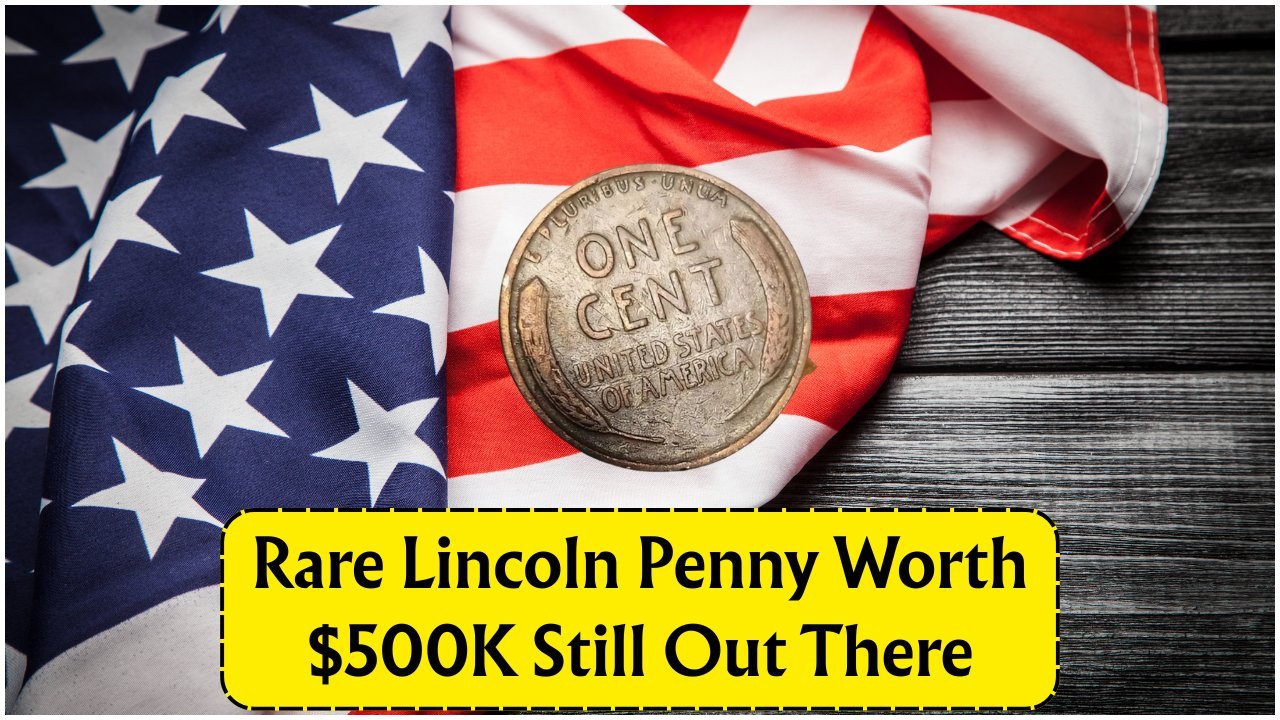Lincoln Wheat Penny Value
Table of Contents
Discovering the Value of a Lincoln Wheat Penny
Could you be holding a $500,000 treasure in your pocket change? The Lincoln Wheat Penny, a coin with a storied past and a striking design, is not just a collector’s item but a potential goldmine for savvy numismatists. These pennies were minted from 1909 to 1958 and are known for their unique wheat ears on the reverse side. Some rare variations of these coins are worth considerably more than their face value, making them highly sought after by collectors and investors alike. But what makes a Lincoln Wheat Penny so valuable, and how can you determine if you have a rare one? Let’s delve into the fascinating world of coin collecting to find out.
- Rarity and Demand
- Historical Significance
- Minting Errors
- Condition and Grade
- Unique Features
- Market Trends
- Collector Appeal
Understanding the Elements of Value
The value of a Lincoln Wheat Penny is determined by several factors, each contributing to its overall worth. Rarity is the primary driver, as coins with fewer surviving examples tend to fetch higher prices at auctions. The historical significance of the coin, particularly those from important years like 1909, the first year of mintage, adds to its allure. Minting errors such as double dies, off-center strikes, or other anomalies can also increase a penny’s value exponentially. The condition and grade of the coin, assessed by professional grading services, provide collectors with a benchmark for quality and preservation. Additionally, specific unique features such as mint marks or design changes can set certain pennies apart from the rest. Finally, market trends and collector appeal play a crucial role in determining the price point at which collectors are willing to buy and sell these coins.
| Year | Mint Mark | Rarity | Condition | Grading | Error Type | Value Range | Collector Interest |
|---|---|---|---|---|---|---|---|
| 1909 | VDB | High | MS65 | PCGS | None | $500 – $1,500 | High |
| 1914 | D | High | AU58 | NGC | None | $200 – $5,000 | Very High |
| 1922 | No D | Very High | VF20 | ANACS | Die Error | $400 – $15,000 | High |
| 1943 | None | Medium | MS63 | ICG | Steel | $10 – $100 | Medium |
| 1955 | None | High | MS64 | PCGS | Double Die | $1,000 – $50,000 | Very High |
| 1944 | D | Low | XF40 | NGC | Steel | $75 – $200 | Medium |
| 1931 | S | Medium | MS60 | ANACS | None | $75 – $300 | Medium |
| 1958 | None | Low | AU50 | ICG | None | $5 – $50 | Low |
Key Features to Spot a Rare Lincoln Wheat Penny
Identifying a rare Lincoln Wheat Penny requires keen observation and a bit of numismatic knowledge. Look for distinctive mint marks that denote the location of the U.S. Mint where the penny was produced. These small letters can greatly influence the coin’s rarity and value. Errors and anomalies such as double dies or off-center strikes can make a penny stand out. Also, pay attention to the overall condition of the coin, as well-preserved pennies are more valuable than those showing signs of wear.

The Lincoln Wheat Penny Worth $100,000 Still Circulating – Check Your Pockets
Distinctive Mint Marks
- Philadelphia (No Mint Mark)
- Denver (D)
- San Francisco (S)
- Carson City (CC)
- West Point (W)
- New Orleans (O)
- Charlotte (C)
Errors and Anomalies to Look For
Errors and anomalies on a coin can significantly enhance its value. A double die error, where the design appears doubled, is one of the most sought-after anomalies. Off-center strikes and clipped planchets, where the coin is not fully struck or has a portion missing, are also valuable. Coins with die cracks or cud marks can attract collectors looking for unique pieces. Each of these errors tells a story of the minting process and can transform a simple penny into a collector’s dream.
Types of Errors
- Double Die
- Off-center Strike
- Clipped Planchet
- Die Crack
- Cud Mark
- Brockage
Condition and Grading: The Key to Value
Understanding the condition and grading of your Lincoln Wheat Penny is crucial in determining its value. Coins are graded on a scale, with higher grades indicating better preservation and, consequently, higher value. A penny in mint state condition will fetch more than one that is circulated. Grading services like PCGS and NGC provide professional evaluations that can substantiate a coin’s grade and enhance its marketability.
Grading Scale
- Mint State (MS)
- About Uncirculated (AU)
- Extremely Fine (XF)
- Very Fine (VF)
- Fine (F)
- Good (G)
- Poor (P)
The Impact of Market Trends on Lincoln Wheat Penny Value
Market trends play a pivotal role in determining the value of a Lincoln Wheat Penny. The demand for coins can fluctuate based on collector interest, economic conditions, and trends in the numismatic community. Coins that were once considered common can become rare due to increased collector interest or changes in market supply. Staying informed about market trends and participating in coin collecting communities can provide valuable insights into the current demand for specific Lincoln Wheat Pennies.

Rare Lincoln Wheat Penny Worth $224K Still Found in Circulation – Experts Say It Could Be in Your Spare Change
Market Influences
- Economic Conditions
- Collector Interest
- Supply and Demand
- Historical Events
- New Discoveries
- Technological Advances
Table of Notable Lincoln Wheat Pennies
| Year | Mint Mark | Value Range | Rarity | Interest Level |
|---|---|---|---|---|
| 1909 | VDB | $500 – $1,500 | High | High |
| 1914 | D | $200 – $5,000 | High | Very High |
| 1922 | No D | $400 – $15,000 | Very High | High |
| 1955 | None | $1,000 – $50,000 | High | Very High |
Collecting Lincoln Wheat Pennies can be a rewarding hobby that combines history, artistry, and the thrill of the hunt. By understanding the factors that contribute to a penny’s value and staying informed about market trends, collectors can make informed decisions and potentially uncover valuable treasures in their collection.
Frequently Asked Questions About Lincoln Wheat Pennies
What makes a Lincoln Wheat Penny rare?
The rarity of a Lincoln Wheat Penny is determined by factors such as minting errors, low mintage years, and unique features like mint marks.
How can I determine the grade of my penny?
Professional grading services like PCGS and NGC provide evaluations based on the coin’s condition, with a higher grade indicating better preservation and higher value.
Are all Lincoln Wheat Pennies valuable?
Not all Lincoln Wheat Pennies are valuable. Their worth depends on rarity, condition, market demand, and unique features.
What should I do if I find a rare penny?
If you find a rare penny, consider having it professionally graded to authenticate its value and enhance its appeal to collectors.
How can I learn more about coin collecting?
Joining coin collecting clubs, participating in forums, and attending numismatic events can provide valuable insights and connect you with fellow enthusiasts.
Disclaimer: This article is written for general informational purposes only. Please get the latest and accurate information from the official website.



